A sad departure at 7am. We are unlikely to meet again till that great day – Pauline (always the one with an appropriate remark) said I should have the kettle on for tea if I’m ahead. I will too!
We had enough time to drive over the Hartbeestepoort dam wall with the last view of the bushveld to the north, and the homes clinging to the west end of the imposing Magaliesberg overlooking the dam. The airport check went without incident, and we arrived in Maun 90 minutes later, to queue in the heat (under shade) for 20 mins to get through their immigration. I hailed a small taxi on the road; David doubted we would get all the gear in but we did, and 20 mins later we were at Island Safari Lodge on the delta. Memories flooded back. The lovely thatched huts, open dining room all shaded by the huge yellow trunked fever trees. I hoped we were in the huts, but were placed in standard ‘heritage’ rooms which I don’t recall from our 1988 visit. They now only do one day mokoro trips and the motor boat still plies the Bora river, taking people up to the mokoro launch site. The owner was telling me that what I did then is still possible but the ‘polers’ don’t take one far from the base island, so cattle and other people are everywhere. When I went, I was taken by motorboat one hour up to an island base where I spent a night with just the polers. Next day James poled me most of the day to an isolated island where we camped for the night (I had a 2-man tent). The quiet and birds were so relaxing, but the night became exciting. James woke me at 1am as elephants were near over the stream, pulling down palms for the nuts. We moved the mokoro to the side of the clear launch site in the reeds in case they came over, and went to bed again. About 3 he woke me again – they were nearer. But I gave up and again went to bed. We watched the sun rise between the trees, had breakfast, and returned – an unforgettable experience. The owner also said they now drive guests to another site 45 mins away who can still provide this service in an uninvaded area – pity I wasn’t told.
We left the lodge again by taxi for a 1hr Robinson helicopter flight flown by a young Kiwi. The delta is an inland water world. Rivers flow from Angola in the northwest into the delta where it is dammed by a ‘wall’ created by the uplift of the area to the east, which is a semi-desert. I was in the front left, Ailine behind. He gave us a good flight to shoot the patterns made by the elephants along their ‘highway’ through the green on the water. Hippos clear the reeds and lilies completely making open channels. We saw large herds of both these, plus one croc, the indigenous lechwe, giraffe, warthogs, a motorboat pushing up-stream, a group walking back to camp, and the homes and enclosures of the locals.
We had a late dinner which took ages to bring as there were two large groups plus others. Wifi was very poor, almost useless, also due to heavy use.
There are many camps in the delta as well as to the north, ranging from expensive to ridiculous. And this is because of the service they supply – 1st class for even the lowest price, which are for the few outside the ‘usual’ areas eg my first camp, Tuskers, to the east of Moremi and the delta. My most expensive one is Savuti to the north.
We considered renting a 4X4, but permits are needed, and one still has to book the safari camps, or camp in the designated places which are not fenced so stepping out the tent at night can be an issue!
Logistics are big – much has to be flown in, including guests. It is possible to get to the drier places self-drive, but you need time and good road skills to negotiate the tracks. We flew over two camp sites, and a group walking back to camp.
Flying over the delta is a great experience, especially in a helicopter. I was here in 1988, and flew in a 4-seater fixed-wing; the view was not good due to the thick glass, but the woman Aussie pilot went lower and tilted the plane over the animals. We had extra time too as she felt ill soon after take-off, landed in a very upmarket lodge on Chiefs Island for 30mins to recover. The colours are striking, deep blue water, vivid green marsh, and dry brown islands with occasional white patches of salt.
The lechwe antelope are found in the wetlands of south central Africa. Their hind legs are somewhat longer in proportion than in other antelopes, to ease long-distance running in marshy soil.
We returned to the
Lodge, passing the numerous stalls to a late dinner which took ages to bring as
there were two large groups. Wifi was very poor, almost useless.
But the lovely thatched huts, and open dining room are all shaded by the huge
yellow trunked fever trees. I hoped we were in the huts as in 1988, but were
placed in standard ‘heritage’ rooms which I don’t recall from that visit.
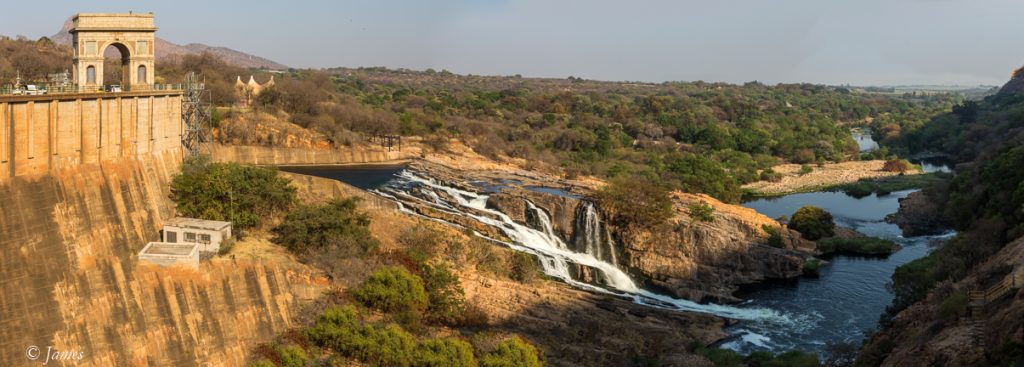
Hartbeestepoort dam 
Maun Airport 
Island Safari Lodge 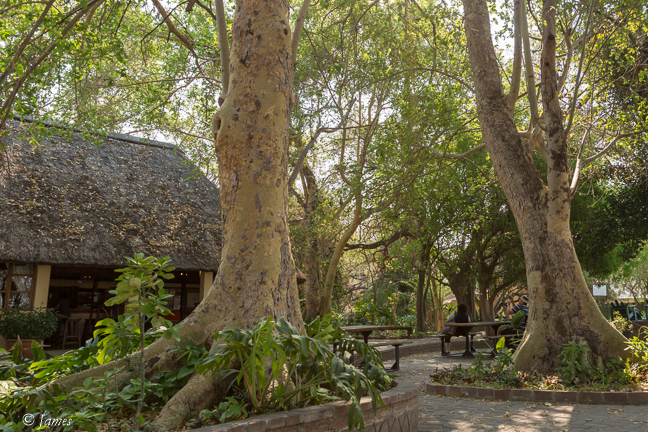
Island Safari Lodge 
Island Safari Lodge 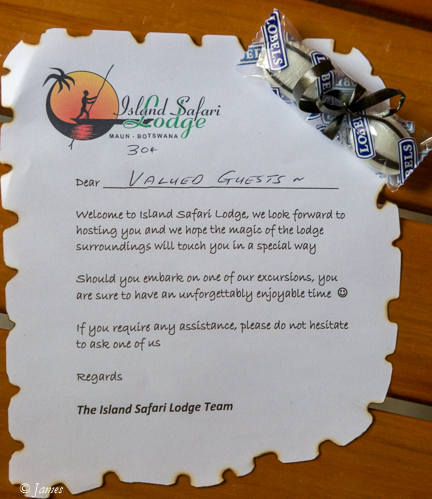
Island Safari Lodge 
Maun 
Maun 
Maun 






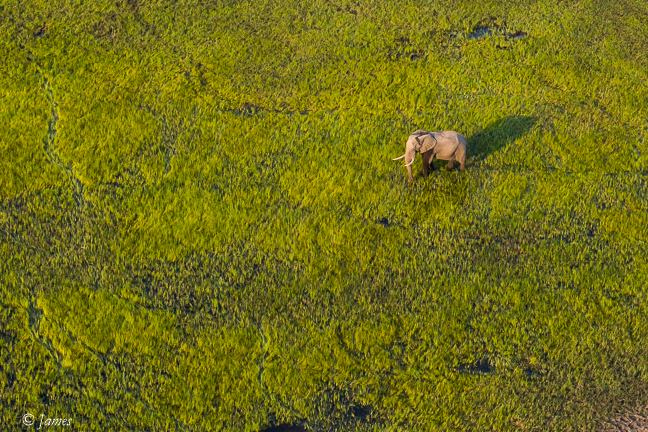

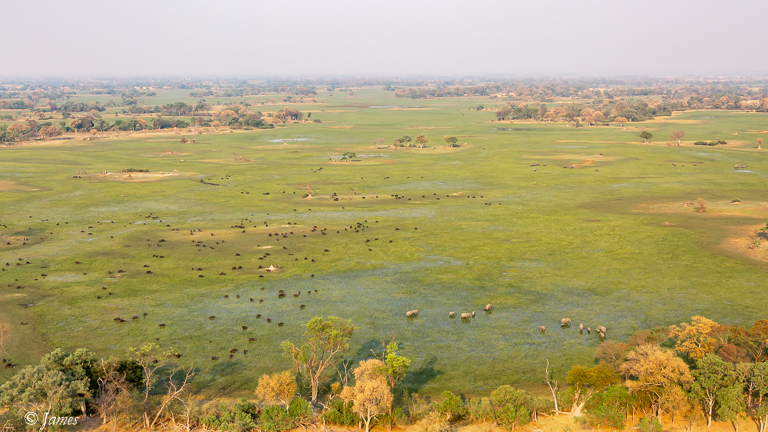



Going Home 

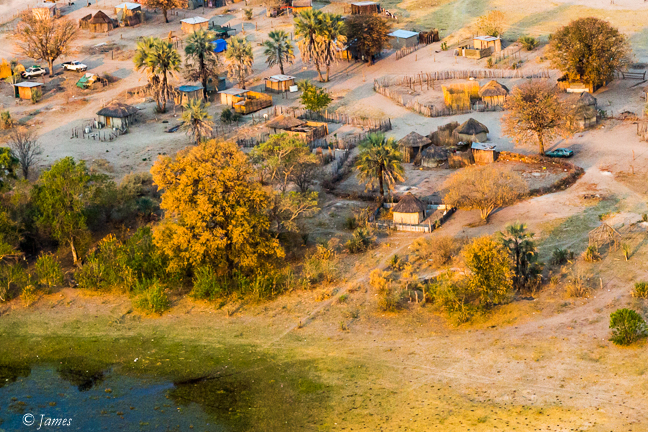
Village 

Island Safari Lodge

Hmm yes, difficult to say goodbye. 😢
What a pity you didn’t have an additional day to explore that I invaded area. But I guess you have a packed itinerary to fit in! The helicopter would have been great.
I’m so jealous!
The view must have been amazing from this ride. And put the kettle on for me too 😀💕
Will do (the kettle).